Eliminating Food Waste Through Repurposed Products
Published 08-08-22
Submitted by Griffith Foods
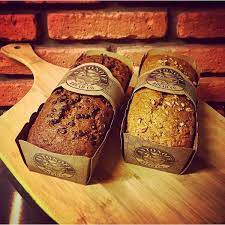
Whether it’s tossing imperfect, “unsellable,” or unused ingredients, annual food waste is a considerable concern across North America.
- 35% of food production is wasted annually in Mexico. (Source: El Economista)
- Over 50% of all food in Canada is wasted every year. (Source: impact.canada.ca)
- 72% of US consumers say they’re concerned about the issue of food waste and its effects on the environment.
(Source: Datassential Sustainability Report)
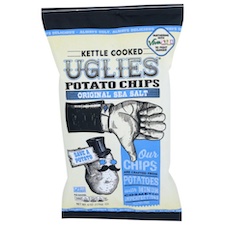
Shifting toward Sustainability
Experts believe reducing food waste is a viable solution to fighting climate change. Pursuing a more sustainable food system must begin from the top-down, but there’s evidence that consumers are on the brink of getting on board.
- 28% of consumers in the US are interested in trying ugly or imperfect produce. (Source: Datassential Fresh & Frozen foods at Retail)
- 73% of consumers in Canada and 83% in Mexico consider “zero-wastage” important. (Source: GlobalData 2021 Q3 Consumer Survey Mexico, Canada)
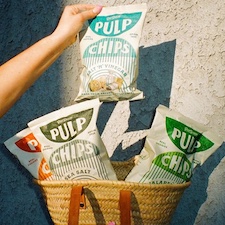
What Types of Foods are Being Upcycled?
Many commonly wasted products (and by-products) have significant second-life potential. It’s time for consumers and brands to put those products to work.
- Saving Overripe Fruit from the Trash - Antonoff Bread Co. in Mexico uses overripe bananas in its banana cake loaves.
- Using Imperfect Produce for Tasty Snacks - Kettle Cooked Uglies potato chips are made from potatoes with minor cosmetic imperfections. They come in common chip flavors like classic sea salt, BBQ, and salt & vinegar.
- Giving Vegetable Pulp a Second Life - Fiber-rich, savory snack chips from Pulp Pantry are made with leftover pulp from juiced vegetables.
- Repurposing Almond Pulp from Nut Milks - Pulp from homemade almond milk can be dried and used to crisp up vegetables or crackers. This social media trend is popular with home cooks experimenting with food waste.
- Reusing Grain By-products - Grains leftover from manufacturing beer can be transformed into flour and used in a variety of snacking products. Some companies use stale or unused bread items to make crunchy snacking products like crostini, crackers or croutons. ReGrained turns grain leftover from beer production into Supergrain+ Bars.
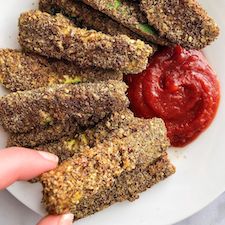
Making the Most of Scraps — Using Phone Apps
Companies are integrating technology to keep them honest in the fight against food waste. Some are partnering with Too Good to Go, an app that helps connect consumers to restaurants and stores with unsold food. HowGood is another company that tracks the degree of how “green” companies are in their food production. Such data can be used to assess how they’re performing against sustainability goals. Consumers can use the app to check the sustainability of products they’re looking to purchase.
- 46% of US consumers say understanding how their purchase impacts the environment would encourage them to buy eco-friendly products. (Source: Mintel’s Sustainability Barometer 2021)
- 85% of consumers in Mexico find information regarding the source of ingredients/flavors used in products appealing. (Source: GlobalData 2021 Q2 Consumer Survey Mexico)
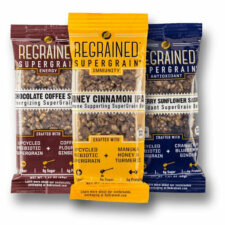
Give “Old” Products New Flavor with Griffith Foods
Rescued or salvaged ingredients can make a new name for themselves with Griffith Foods’ offerings. From Flavour Glazes to seasoning mixes, our solutions, made with sustainable spices and ingredients, can help give repurposed products an entirely unique flavor profile. We’re here to create better together and help reduce unnecessary waste across farms, production plants, and kitchens around the world.
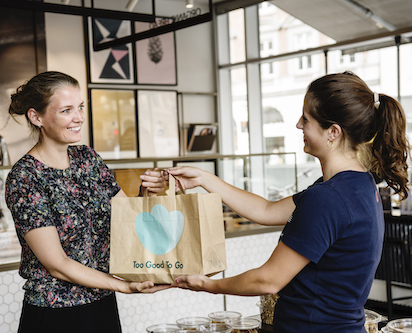
View original content here.
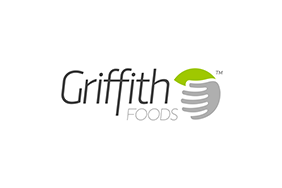
Griffith Foods
Griffith Foods
Our Sustainability Journey
At Griffith Foods, we are committed to driving positive impact through a regenerative mindset. Sustainability is connected to everything we do as a business, and by 2030, we are dedicated to significantly improving the future with a singular sustainable business strategy that we call our 2030 Aspirations. To learn more about Griffith Foods and its current sustainability efforts, visit them online and download the 2024 Sustainability Report.
About Griffith Foods
At Griffith Foods, our purpose defines who we are, what we do, and why we exist, highlighting what makes us distinct and authentic in the marketplace. We help our partners meet the evolving needs and desires of consumers in ways that respect and sustain the planet. Our care and creativity mean we’ll find the right mix of global reach and local impact to serve the earth and nourish all of us who call it home.
More from Griffith Foods

